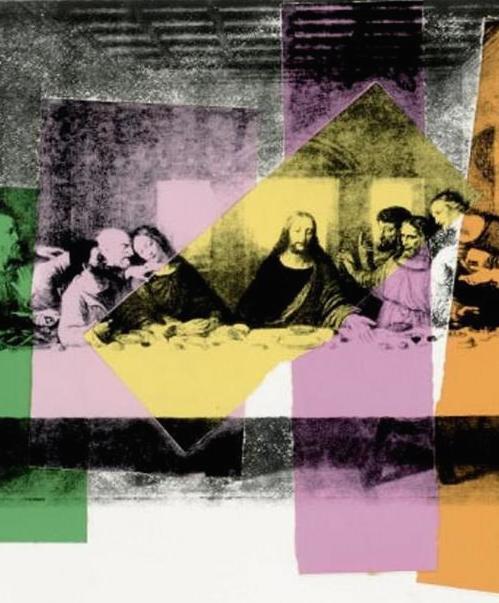
It can be argued that the Bible is the most influential piece of literature in the world. The text is rooted in four major world religions, misused occasionally to start wars and justify oppression, and has inspired countless works of art – including some of my own. Like any complex text, it takes a bit of study and effort to keep the characters straight and really understand what is going on. The Bible is not like most books we read today. The Protestant version, for example, is a mini-library that contains 66 books originally written in a handful of languages using different literary styles over a period of 1,600 years. More than six billion copies of the Bible have been published, with a startling 100+ million new copies sold every year.
The Bible’s popularity is a far-reaching phenomenon – translated in more than 550 different languages. It is estimated that 98 percent of the world’s population has access to parts if not the entire Bible. To put this into context, the Qur’an is the second most popular book, with an impressive 800+ million copies in circulation. The most popular novel is still A Tale of Two Cities, with 200+ million copies in print. Regardless of how you feel about the Bible, it must be considered one of the most powerful forces in global popular culture – its full impact is impossible to calculate.
The image shown here is a portion of a famous commissioned series completed by pop-culture icon Andy Warhol entitled “The Last Supper.” Warhol is well known for artistic works that manipulate iconic images of Elvis, Marilyn Monroe and in this case a reproduction of Leonardo da Vinci’s celebrated depiction of the Last Supper. This particular Warhol series was facilitated by a Paris art dealer who convinced a bank in Milan to commission the works and display them at one of their properties adjacent to the church that protects Leonardo’s original painting. The resulting exhibition took place a few short months before Warhol’s death in 1987.
I had the privileged of seeing this work exhibited in SoHo in 2001.
The series is described by some as “crucially important to his life and work.” Evidently, Warhol was raised Catholic and secretly remained devout throughout his life. His religious life is documented on the pages of his diaries published after his death. Although many questions remain regarding the impact his devotion had on his artwork, the discussions disturb and perplexed many that identify Warhol as a celebrity who dared to live an openly homosexual lifestyle before the gay liberation movement took root.
We will never satisfactorily dissect the complex and perhaps private motivations that drove Warhol’s work. Was this series inspired by Warhol’s personal religious beliefs? How much did being gay impact his work? Should social conservatives disregard Warhol’s work because he was gay? Should social progressives reject his work because he was a closet Catholic? Or was this work simply another expert manipulation of popular culture? Ultimately, what remains is the work itself. The important question is how much should speculation regarding an artist’s motivation factor into our assessment of the art they produce?

Although the artist, Keith Haring, famously said, “The best reason to paint is that there is no reason to paint…” I believe it is absurd to reduce artists to mechanical human photocopiers who produce simply because the button was turned on by some cosmic accident. In my layman’s mind I view art – all art – as having the purpose of sharing ideas and vision with others.
Art – to me – expresses emotions and thoughts I have which I may not even know I have until I absorb what the artist has accomplished. To quote something I read somewhere, “The best art is a component of culture, reflecting economic and social substrates in its design. It transmits ideas and values inherent in every culture across space and time.” I would add that art’s role in culture changes and mutates in relationship to culture. As Jean Anouilh said, “The object of art is to give life a shape.”
Frederick Buechner (an artist with a typewriter) wrote, “The life I touch for good or ill will touch another life, and that in turn another, until who knows where the trembling stops or in what far place my touch will be felt.” I am convinced artists touch and touch again, across generations and across cultures.
Finally, I am reminded of a truth from Francis A. Schaeffer in his work, Art and the Bible, “How can art be sufficiently meaningful? If it is offered up merely before men, then it does not have a sufficient integration point.”
If art’s integration point is merely man it, by definition, remains temporal. With God as the integration point, it becomes eternal.
Like Jack Kerouac, Warhol’s Catholicism could not be divorced from who he was and who, through his art, he still remains.